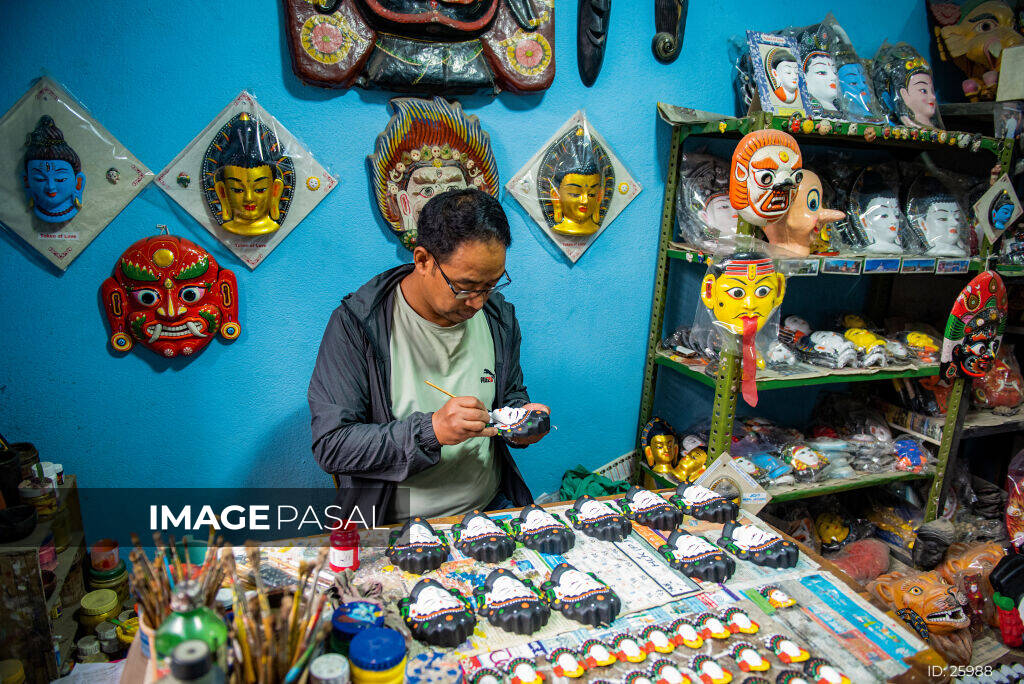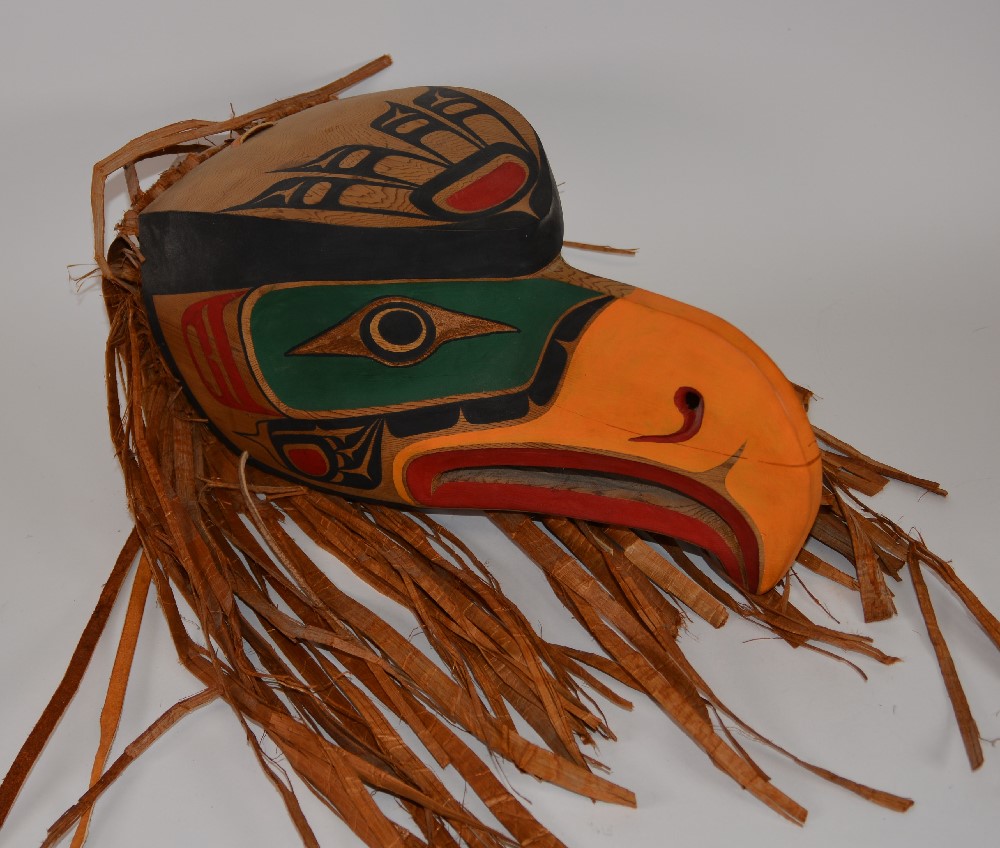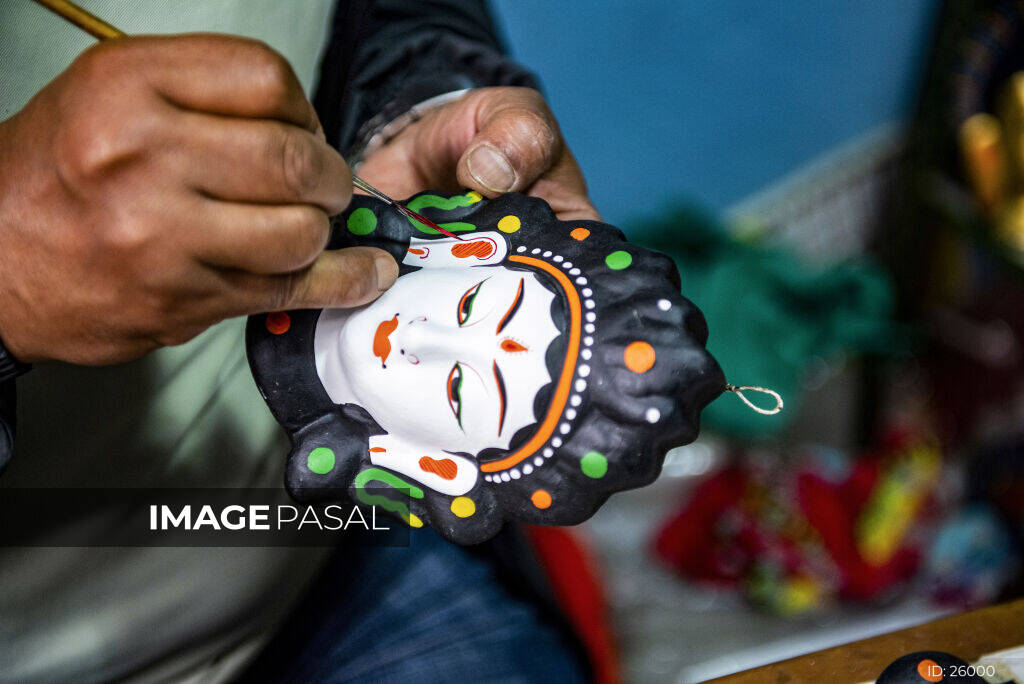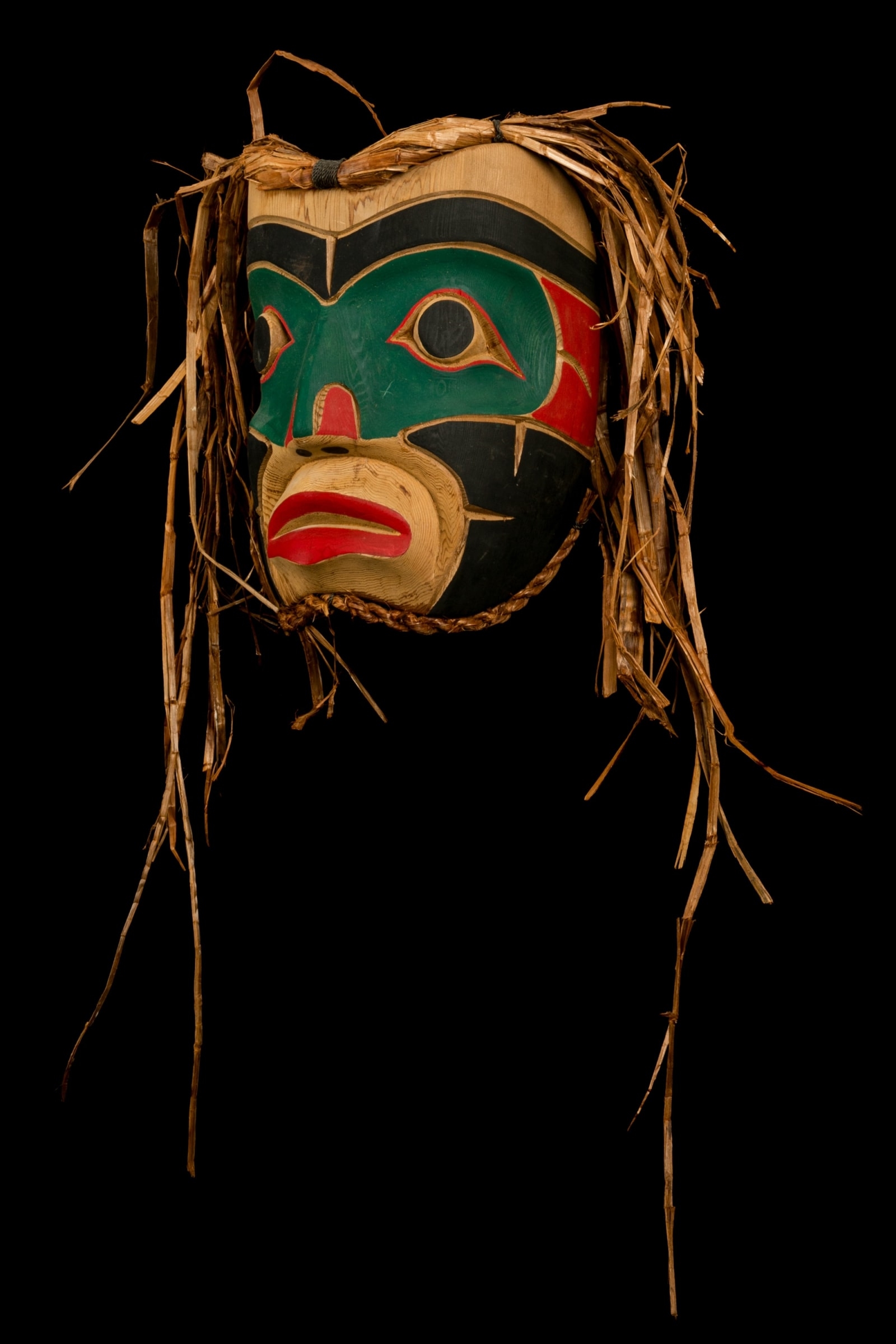
Journey to the Spirit: Unmasking the Kwakwaka’wakw Legacy on Canada’s Wild Coast
For the discerning traveler seeking more than just scenic vistas, there exists a profound journey into the heart of Indigenous art and culture on Canada’s Pacific Northwest coast. Far from the bustling metropolises, nestled amidst ancient cedar forests and mist-shrouded islands, lies the traditional territory of the Kwakwaka’wakw people. It is here, in a landscape as dramatic and vibrant as their art, that the soul of Kwakwaka’wakw traditional mask making thrives, offering an unparalleled insight into a living, breathing cultural heritage. Forget your conventional maps; here, the "maps" are etched into the very masks themselves, guiding you through a spiritual and historical landscape.
Our destination for this immersive cultural expedition isn’t a single point on a GPS, but rather an experience anchored by a pivotal cultural institution within Kwakwaka’wakw homelands – let’s imagine it as the "Kwakwaka’wakw Ancestral Voices Centre," a place deeply inspired by and representative of real-world cultural bastions like the U’mista Cultural Centre in Alert Bay. This centre serves as both a repository of history and a vibrant hub for contemporary artistic practice, making it the perfect launchpad for understanding the intricate relationship between the Kwakwaka’wakw people, their land, and their iconic masks.
Arrival in the Land of Legends: Where Cedar Meets the Sea

The journey itself is part of the experience. Picture a ferry ride through the Discovery Islands, where emerald islets rise from steel-grey waters, and the air is crisp with the scent of salt and pine. Orcas might breach in the distance, bald eagles soar overhead, and the sense of stepping into a different world is palpable. As you disembark onto a small, coastal village – perhaps one historically significant like Alert Bay on Cormorant Island, the traditional home of the ‘Namgis First Nation – the pace of life shifts. Time seems to slow, aligning with the rhythms of the tides and the whispers of the ancient forests that crowd the shoreline.
The Kwakwaka’wakw Ancestral Voices Centre stands proudly, often incorporating traditional architectural elements, a testament to the enduring strength and resilience of the community. Its location is no accident; it is situated within the very traditional mask making areas, where the red cedar trees grow tall and straight, providing the primary material for these sacred creations, and where the stories embedded in the masks originate from the land, the sea, and the sky.
Stepping into the Masked Realm: A Symphony of Spirit and Craft
Upon entering the Ancestral Voices Centre, you are immediately enveloped in an atmosphere of reverence and wonder. The air hums with the energy of history and artistry. The centre’s primary exhibition halls are a breathtaking display of Kwakwaka’wakw masks, each a masterpiece of carving, painting, and often, intricate moving parts. These are not mere decorative objects; they are living characters, imbued with spiritual power, used in ceremonies, potlatches, and dances to tell ancient stories, transform identities, and connect the human world with the spirit world.

You’ll encounter a mesmerizing array: the fierce, beak-like visages of the Hamatsa raven masks, central to the Winter Ceremonials, representing wild and untamed spirits; the elaborate transformation masks that, with a tug of a string, dramatically open to reveal a different face within – perhaps an animal spirit transforming into a human ancestor, or vice-versa; the stoic, powerful visages of ancestral figures; and the whimsical, often humorous masks used for less formal dances. Each curve, every painted detail, the gleam in the abalone shell eyes, speaks volumes. The sheer diversity and complexity are astounding, reflecting a sophisticated cultural narrative that is both profound and deeply imaginative.
Knowledgeable Indigenous guides, often elders or community members, enrich the experience with their oral histories and personal insights. They explain the significance of the colours – black for the earth, red for blood and life, white for the sky and spirits, blue-green for the sea – and the symbolism of each animal or mythical creature depicted. They illuminate how a mask of a bear isn’t just a bear, but a representation of its spirit, its power, and its connection to a specific clan or lineage. It’s here that you begin to understand that these masks are not just objects, but crucial components of a living, evolving spiritual and social system.
The "Maps" of Creation: Land, Lineage, and Lore
The concept of "Kwakwaka’wakw traditional mask making areas maps" truly comes alive within the Centre’s narratives. These "maps" are not cartographic charts, but rather a profound understanding of how the land itself dictates and informs the art. The cedar trees, fundamental to mask carving, grow abundantly in these territories. The pigments for painting were historically derived from natural resources found in the region – charcoal for black, ochre for red and yellow, copper for blues and greens. The very stories depicted in the masks – those of Raven, Bear, Wolf, Killer Whale, and the mythical Sisiutl (a double-headed sea serpent) – are deeply intertwined with the geography, wildlife, and cosmology of the Kwakwaka’wakw traditional territories, encompassing parts of northern Vancouver Island and the adjacent mainland of British Columbia.
Exhibits often detail how specific clans or families hold rights to certain masks, dances, and stories, passed down through generations. These rights are intrinsically linked to their traditional territories and ancestral histories. Thus, a mask depicting a particular crest animal becomes a living "map" of family lineage, territorial claims, and ceremonial protocols. The Centre provides context for these connections, often featuring historical photographs, archival documents, and contemporary maps illustrating the extent of Kwakwaka’wakw lands and the communities that comprise the nation. You learn how the very act of carving a mask is a deeply spiritual and territorial act, connecting the artist to their ancestors, their community, and the sacred landscape from which the materials and inspiration flow.
The Hands That Carve: A Legacy Continued
Beyond the historical masterpieces, the Ancestral Voices Centre also champions the work of contemporary Kwakwaka’wakw carvers. Often, there are active carving sheds or workshops where visitors can witness artists at work, transforming raw blocks of cedar into intricate forms. The rhythmic tap of an adze, the curl of a cedar shaving, the scent of fresh wood – these sensory experiences bring the entire tradition to life.
Observing a carver, you gain a profound appreciation for the skill, patience, and spiritual dedication required. These artists are not merely artisans; they are cultural knowledge keepers, ensuring the continuity of traditions that were once suppressed by colonial policies. They are following in the footsteps of legendary carvers, whose names are revered in Kwakwaka’wakw history. The Centre actively supports these artists, offering opportunities for them to teach, exhibit, and sell their work, ensuring that the legacy of Kwakwaka’wakw mask making remains vibrant and relevant in the 21st century. Engaging with a carver, hearing their perspective on the meaning and process of their art, is an unforgettable privilege.
Beyond the Walls: Engaging with Living Culture
While the Ancestral Voices Centre is an indispensable starting point, the true depth of Kwakwaka’wakw culture extends beyond its walls. Visitors are encouraged to respectfully engage with the local community. Perhaps you’ll hear the distant thrum of a drum from a longhouse, or see a totem pole standing sentinel against the backdrop of the sea. Local businesses, often run by Kwakwaka’wakw entrepreneurs, offer opportunities to purchase authentic art and crafts, supporting the community directly.

If your visit coincides with a public ceremony or event (though many traditional ceremonies are private and not open to outsiders), it offers a rare glimpse into the living practice of these traditions. Always remember to approach such encounters with the utmost respect, humility, and a willingness to learn. This is not a performance for tourists, but a continuation of sacred practices.
Planning Your Pilgrimage: Practical Considerations for the Mindful Traveler
For those inspired to undertake this journey, here are some practical tips:
- Location: While the specific "Kwakwaka’wakw Ancestral Voices Centre" is a conceptual representation, look to real-world equivalents such as the U’mista Cultural Centre in Alert Bay, or other cultural institutions within the Kwakwaka’wakw territories on northern Vancouver Island and the adjacent mainland.
- Getting There: Access typically involves a combination of driving and BC Ferries from Vancouver or Vancouver Island. Smaller islands may require additional water taxi services. The journey itself is part of the adventure.
- Best Time to Visit: Spring and fall offer milder weather, fewer crowds, and stunning natural beauty. Summer can be busy but provides more opportunities for outdoor activities. Always check specific cultural centre hours and event schedules in advance.
- Accommodation & Food: Options range from charming local inns and B&Bs to campgrounds. Dining often features fresh, local seafood. Support local businesses wherever possible.
- Ethical Tourism: Practice respectful photography (always ask permission, especially of people). Be mindful of cultural protocols. Learn a few words of the Kwak’wala language as a sign of respect. Purchase art directly from Indigenous artists or reputable cultural centres to ensure authenticity and support the community.
- Preparation: Bring appropriate clothing for coastal weather (layers, rain gear). Be prepared for limited cell service in some areas, allowing you to truly disconnect and immerse yourself.
A Mask’s Whispers: The Enduring Spirit
Leaving the Kwakwaka’wakw traditional territories, the masks you’ve seen and the stories you’ve heard linger in your mind. They are more than just art; they are vibrant testaments to a rich history, a profound connection to the land, and the enduring spirit of a people who have faced immense challenges yet continue to thrive and share their cultural treasures with the world.
This journey is not just about observing; it’s about understanding. It’s about seeing how the "maps" of Kwakwaka’wakw traditional mask making areas are not static lines on paper, but dynamic, living narratives woven into the very fabric of their art, their land, and their identity. To witness these masks is to witness the soul of a nation, and to carry a piece of that profound spirit with you long after you’ve returned home. It is, without doubt, one of Canada’s most powerful and enriching cultural pilgrimages.



